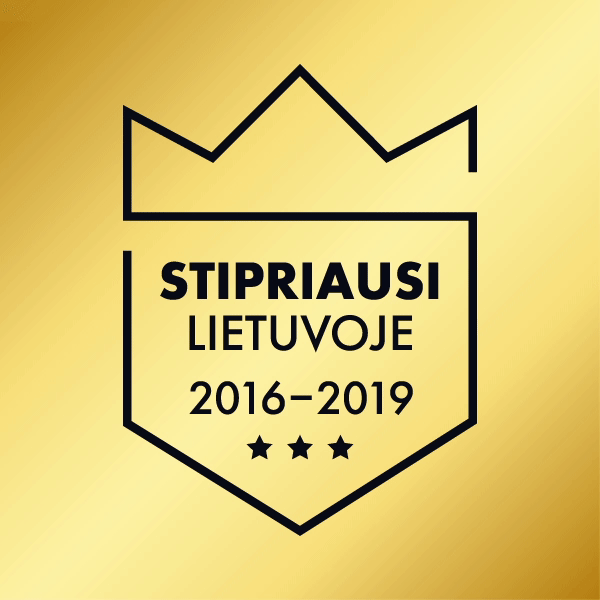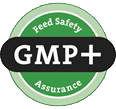- Home
- Seeds
- Catch/Cover crops
- Mixtures for catch/cover crops – Terra Green Support (TGS) mixtures
- TGS BioFum – Biofumigation
Category: Catch/Cover crops
FOR CONSULTATIONS APPLY TO:
Commercial director
Lina Smalskienė
tel. +370 618 02 551
e-mail linak@agrolitpa.lt
Sales manager
Tautvydas Kliučininkas
tel. +370 681 35 093
e-mail tautvydask@agrolitpa.lt
Sales manager
Eglė Petkevičienė
tel. +370 626 95 458
e-mail eglep@agrolitpa.lt
Sales manager
Kotryna Nakrošytė
tel.: +370 601 39 282
e-mail kotryna@agrolitpa.lt
TGS BioFum – Biofumigation
- Biofumigation is the use of plant secretions to control soil pathogens, nematodes, insects and weeds.
- This capacity is common mostly for cruciferous plants (mustard, fodder radish, etc.) containing glycosides. There are different types of glycosides (known above 120), all of which are slightly different chemicals that differ in their toxicity during their persistence in soil, so it is always better to use a mixture of several plants for biofumigation than one species or variety.
- Produced green biomass of cruciferous plants, rich in glycosides, must be chopped and incorporated in moist soil. Chopping and incorporation of flowering cruciferous plants gives the best effect. During chemical reactions, green cruciferous mass in the wet soil produces chemicals – natural biofumigants, which act like synthetic pesticides.
- Biofumigation can help control pathogens such as Fusarium, Pythium, Rhizoctonia, soil pests. Biofumigation shows better results in lighter soils with less organics
- Biofumigation helps to reduce the amount of soil pathogens, as well as to improve soil water circulation, soil structure and soil fertility, bind and re-uses nitrogen, and reduce soil erosion.
UAB „Agrolitpa“
Keravos sreet. 17, Kerava,
LT-38 131 Panevėžys district, LITHUANIA
Enterprise's code 168598128
VAT code LT685981219
Tel. +370 615 11 315
E. mail info@agrolitpa.lt
Keravos sreet. 17, Kerava,
LT-38 131 Panevėžys district, LITHUANIA
Enterprise's code 168598128
VAT code LT685981219
Tel. +370 615 11 315
E. mail info@agrolitpa.lt


.JPG)

